Introduction
Stir-frying, a cornerstone of Asian culinary traditions, transforms simple ingredients into vibrant, flavorful dishes. Among the lesser-known gems in this realm is the humble hemp leaf—a nutrient-rich green that, when cooked correctly, offers a delicate earthy flavor and a texture that strikes the perfect balance between tender and crisp. Often overshadowed by its more mainstream counterparts like spinach or kale, hemp leaves (also known as hemp greens or ma cao in Chinese cuisine) are gaining recognition for their culinary versatility and health benefits. This article delves into the intricacies of stir-frying hemp leaves, exploring everything from ingredient selection to advanced techniques that elevate this dish from ordinary to extraordinary.
Chapter 1: Understanding Hemp Leaves
Before diving into the cooking process, it’s essential to grasp what makes hemp leaves unique. Native to temperate regions, these leaves come from the Cannabis sativa plant but contain negligible traces of THC, ensuring they are non-psychoactive and safe for consumption. Rich in fiber, vitamins (A, C, and E), and minerals like magnesium and potassium, hemp leaves also boast a notable omega-3 to omega-6 fatty acid ratio, making them a nutritional powerhouse.
Culinary Profile: Hemp leaves have a mild, grassy flavor with subtle bitter undertones. Their texture is tender yet slightly chewy, similar to bok choy or water spinach. When stir-fried, they absorb sauces beautifully while retaining their structure, making them ideal for quick, high-heat cooking.
Chapter 2: Selecting and Preparing Hemp Leaves
The foundation of a great stir-fry lies in ingredient quality. Here’s how to choose and prep hemp leaves:
-
Sourcing Fresh Leaves:
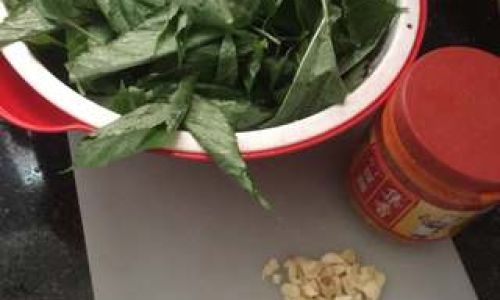
- Look for vibrant green leaves with no signs of wilting, yellowing, or brown spots.
- Opt for smaller, younger leaves if possible, as they tend to be more tender.
- Avoid leaves that feel slimy or emit a pungent odor—a sign of spoilage.
-
Washing and Drying:
- Rinse hemp leaves under cold running water to remove dirt or debris.
- Soak them in a bowl of water for 5–10 minutes, agitating gently to dislodge any hidden grit.
- Drain and pat dry with a clean kitchen towel or spin in a salad spinner. Excess moisture can turn the stir-fry soggy.
-
Cutting Techniques:
- Stack leaves and slice them into 2-inch strips for even cooking.
- Discard thick stems, as they remain fibrous even after cooking.
Chapter 3: The Stir-Frying Process
Stir-frying is a dance of heat, timing, and motion. Master these elements to achieve wok hei—the coveted smoky aroma that defines authentic stir-fries.
Equipment Essentials:
- A carbon-steel wok: Its sloped sides and excellent heat retention ensure even cooking.
- A metal spatula: For agile tossing and scraping.
- High-smoke-point oil: Peanut, avocado, or grapeseed oil work best.
Step-by-Step Guide:
-
Preheat the Wok:
- Place the wok over high heat until drops of water evaporate instantly.
- Add 1–2 tablespoons of oil and swirl to coat the surface.
-
Aromatics First:
- Start with minced garlic (3–4 cloves), ginger (1 tbsp), and dried chili flakes (to taste).
- Sauté for 30 seconds until fragrant but not browned.
-
Add Hemp Leaves:
- Toss in the leaves in batches to avoid overcrowding. Use tongs or a spatula to lift and turn them continuously.
- Cook for 2–3 minutes until just wilted. Overcooking mutes their color and texture.
-
Seasoning:
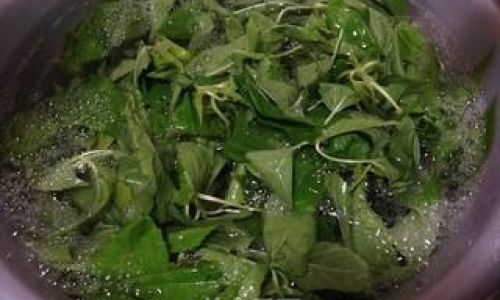
- Drizzle 1–2 tbsp of soy sauce or tamari along the wok’s edge (not directly onto the leaves) to create a sizzle and enhance caramelization.
- Add a splash of oyster sauce or vegetarian stir-fry sauce for umami depth.
- Finish with a pinch of white pepper and a drizzle of sesame oil for aromatic complexity.
Pro Tip: For a glossy finish, stir in a teaspoon of cornstarch dissolved in water during the final 30 seconds.
Chapter 4: Flavor Pairings and Variations
Hemp leaves’ mild flavor makes them a canvas for creativity. Experiment with these pairings:
- Garlic and Chili: Elevate the dish with a fiery kick by doubling the garlic and adding fresh chili peppers.
- Fermented Notes: Introduce depth with a splash of black vinegar or fermented bean paste.
- Nutty Crunch: Top with toasted sesame seeds, crushed peanuts, or fried shallots.
- Protein Boost: Toss in cubed tofu, shrimp, or sliced chicken during the aromatics stage.
Vegetarian Twist: Swap soy sauce for coconut aminos and add diced mushrooms or bell peppers for a plant-based feast.
Chapter 5: Troubleshooting Common Mistakes
Even seasoned cooks stumble. Here’s how to avoid pitfalls:
- Soggy Leaves: Ensure the wok is scorching hot before adding oil. Excess moisture from unwashed leaves also causes steaming.
- Uneven Cooking: Cook in batches if your wok is small. Overcrowding lowers the temperature and steams instead of fries.
- Bland Flavor: Season in layers—aromatics first, then sauces, and finish with a garnish of fresh herbs or citrus zest.
Chapter 6: Health Benefits and Nutritional Profile
Beyond its culinary appeal, stir-fried hemp leaves offer a wealth of health perks:
- Digestive Support: High fiber content aids gut health and prevents constipation.
- Anti-Inflammatory: Omega-3 fatty acids reduce inflammation, benefiting heart and joint health.
- Antioxidant-Rich: Vitamins C and E combat oxidative stress, slowing aging and disease.
- Low-Calorie, High-Volume: A 1-cup serving contains just 20 calories, making it ideal for weight management.
Chapter 7: Cultural Context and Global Adaptations
While hemp leaves are a staple in Chinese and Japanese cuisine, their popularity is spreading. In Vietnam, they’re added to canh chua (sour soup), while in Italy, chefs experiment with hemp leaf pesto. This cross-cultural embrace underscores their adaptability.
Chapter 8: Serving and Storage
- Pairing Suggestions: Serve alongside jasmine rice, quinoa, or soba noodles. For a complete meal, add grilled salmon or teriyaki tofu.
- Leftovers: Store in an airtight container for up to 3 days. Reheat gently in a skillet to preserve texture.
Conclusion
Stir-frying hemp leaves is a journey of precision and creativity. By mastering the balance of heat, timing, and seasoning, you unlock a dish that delights the palate and nourishes the body. Whether you’re a novice cook or a seasoned chef, this versatile green invites experimentation—so grab your wok, crank up the flame, and let the magic unfold.
Final Thought: The beauty of stir-frying lies in its immediacy. From wok to table in minutes, it captures the essence of fresh ingredients at their peak. With hemp leaves, you’re not just cooking; you’re celebrating nature’s bounty in every vibrant, aromatic bite.
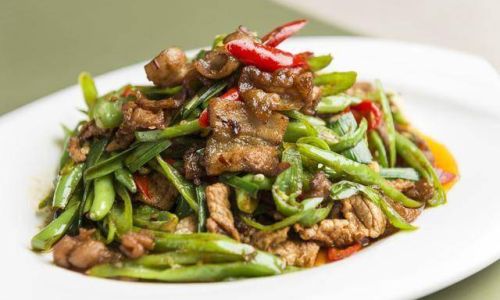
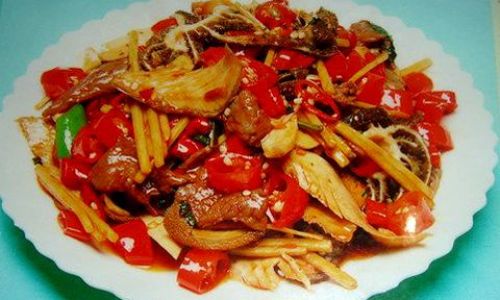
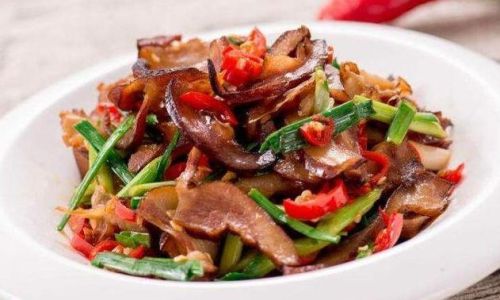
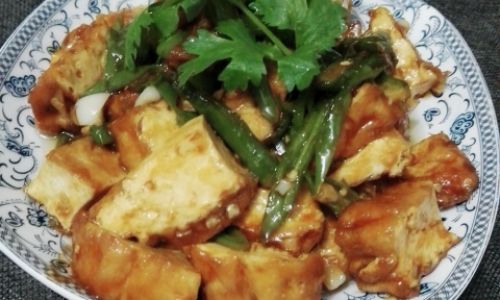
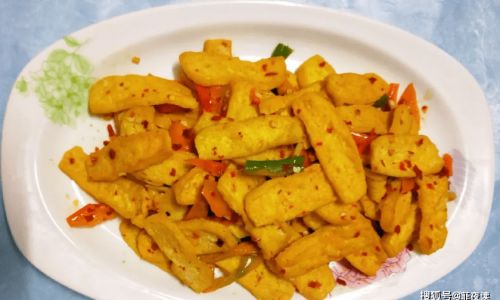
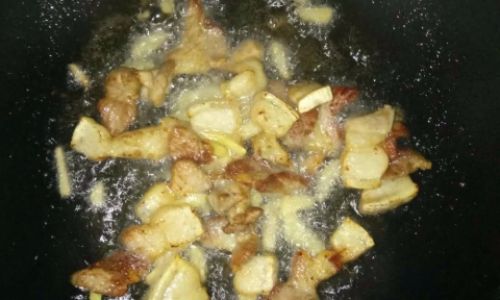
0 comments